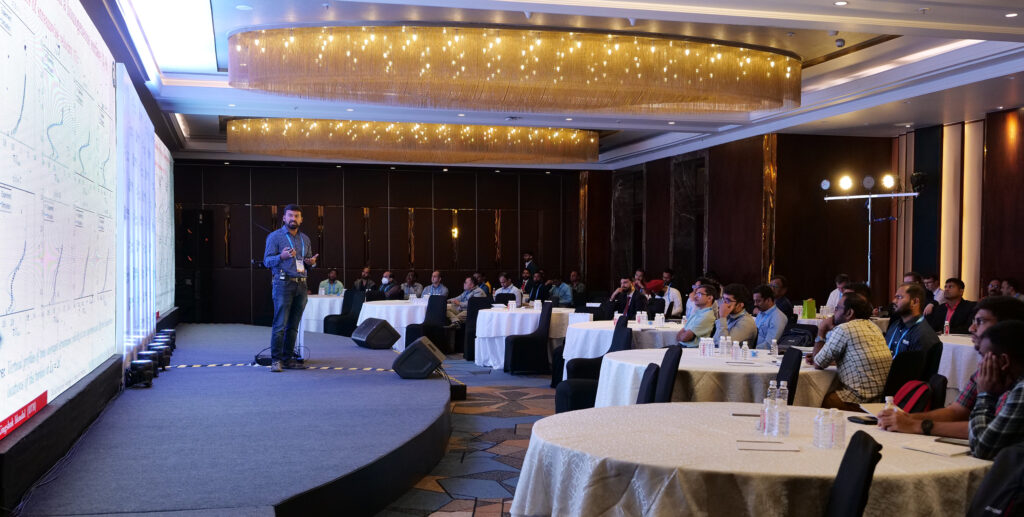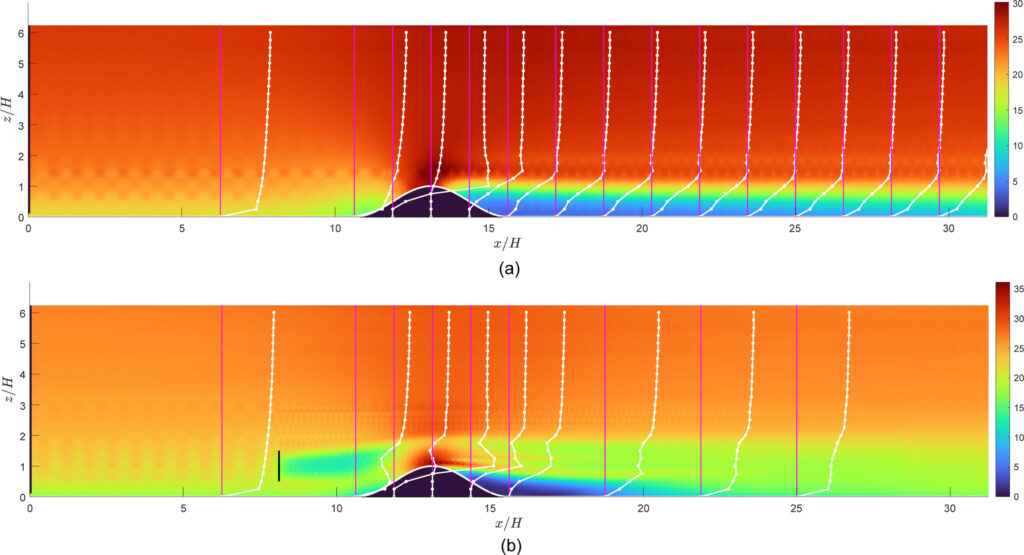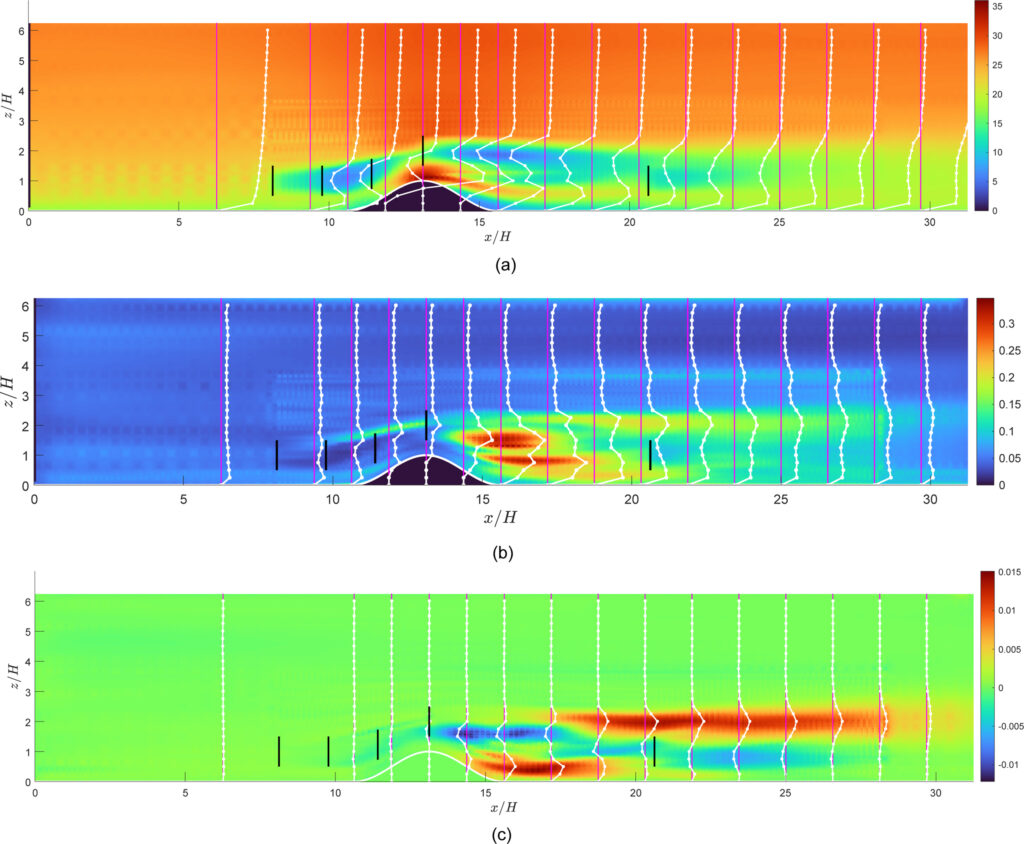
Co-Author:
Jameil Kolliyil
Engineer, Technical Marketing
Last year while traveling through the countryside of Tamil Nadu, India, I was struck by the sight of numerous wind turbines dotting the landscape. Those towering machines were not only a testament to the ingenuity of human engineering but also a symbol of the growing importance of wind energy in India. In recent years, wind energy has emerged as a significant source of renewable energy in India, contributing to the country’s efforts to reduce its dependence on fossil fuels and mitigate the effects of climate change. With its vast coastline, ample wind resources, and growing demand for electricity, India has the potential to become a global leader in wind energy.
To promote research and development of wind energy technology, the Indian government is taking steps to support universities and research institutions by providing funding, incentives, and skill development programs. At Convergent Science, we recognize the importance of advancing research through academia and offer exclusive CONVERGE license deals to universities. Kingshuk Mondal is a graduate student working with Professor Niranjan S. Ghaisas at the Indian Institute of Technology Hyderabad (IITH), and he is leveraging CONVERGE to study wind farm wakes on complex terrain. Kingshuk also presented his research at the CONVERGE User Conference–India 2023. I’ll let Kingshuk explain what he’s been working on.


Co-Author:
Kingshuk Mondal
Graduate Student, Indian Institute of Technology Hyderabad (IITH)
The wind energy sector has seen rapid growth in the context of sustainable development, resulting in large installations of onshore and offshore wind farms. Onshore wind turbines are often situated on complex terrain because of the high wind resource potential in hilly regions. Accurate estimations of power output and turbine lifetime are essential aspects of wind turbine and wind farm design and operation. To achieve accurate estimations, you must predict the turbulent flow conditions, the wind turbine wake recovery, and the interactions between wakes of multiple turbines in a wind farm. The wake of a wind turbine evolves differently when sited on complex terrain (e.g., on a hill) compared to a flat surface. Our study aims to optimize the layout of a wind farm over a complex topology for efficient energy extraction and minimal structural stresses.
In this work, we focus on the evolution of an isolated wind turbine’s wake and the wake interactions in a row of wind turbines sited on an idealized cosine-shaped hill. CONVERGE is a useful tool for these simulations because of its ability to simulate flow in complex geometries without time-consuming mesh generation and the flexibility to use a range of turbulence closure models. In addition, CONVERGE’s Adaptive Mesh Refinement feature automatically concentrates grid points in regions with large gradients. For this work, we used large eddy simulations (LES) with the dynamic Smagorinsky model as the sub-grid scale model.
First, we validated a single turbine on a flat surface with an experimental study by Chammorro et al., 2009.1 We found fair quantitative and qualitative agreement between the simulation results and the experimental data. We then proceeded to simulate the flow over a cosine-shaped hill. The flow accelerates on the windward slope of the hill and attains the highest velocity at the top of the hill as shown in Figure 1(a). These areas have low turbulence intensity (TI) and total shear stress (TSS), making them appropriate sites for installing wind turbines. A long wake region is formed on the leeward side of the hill stretching up to 15 hill heights. This region is characterized by enhanced TI and TSS along with low wind potential, making it unfavorable for wind turbine installation.
Placing a wind turbine in front of and on the top of the hill has a similar effect on the hill wake. The wake recovery behind the hill is faster due to the influence of TI from the turbine wake. Because of this, reasonable wind potential is observed after 5 hill distances on the leeward side of the hill as shown in Figure 1(b).

With these findings in mind, we placed a row of five turbines (T1–T5) along the hill as shown in Figure 2. T3 and T4 are placed on the windward slope and on top of the hill, respectively, to minimize the effect of the wakes from T1 and T2.

Because the flow accelerates as it climbs the slope of the hill, T5 is placed at a distance of approximately 5H after the hill to get reasonable wind potential. In addition to considerable wind input, T5 encounters high TI and TSS—reinforcing the structure of T5 is imperative to reduce fatigue stresses. These results are shown in Figure 3.

This study is a first step toward optimizing the layout of a wind farm over complex topology. Future work will consist of rigorous validation of different cases with multiple turbines and flow over various topologies. We also aim to estimate the power output for the optimized layout.
Thanks, Kingshuk! Analyzing potential wind farm locations to extract maximum energy and ensure smooth operation is crucial to future wind energy projects. Wind energy is expected to play a critical role in the world’s energy transition to help meet our climate goals, and Kingshuk’s work is a promising step toward creating more efficient wind farms. From analyzing renewable sources of energy to assessing battery energy storage systems where the generated electricity is stored, CONVERGE is the go-to tool for designing sustainable technologies!
[1] Chamorro, L. P., Fernando Porté-Agel, “A wind-tunnel investigation of wind-turbine wakes: boundary-layer turbulence effects,” Boundary-layer meteorology 132 (2009): 129-149, 2009.


